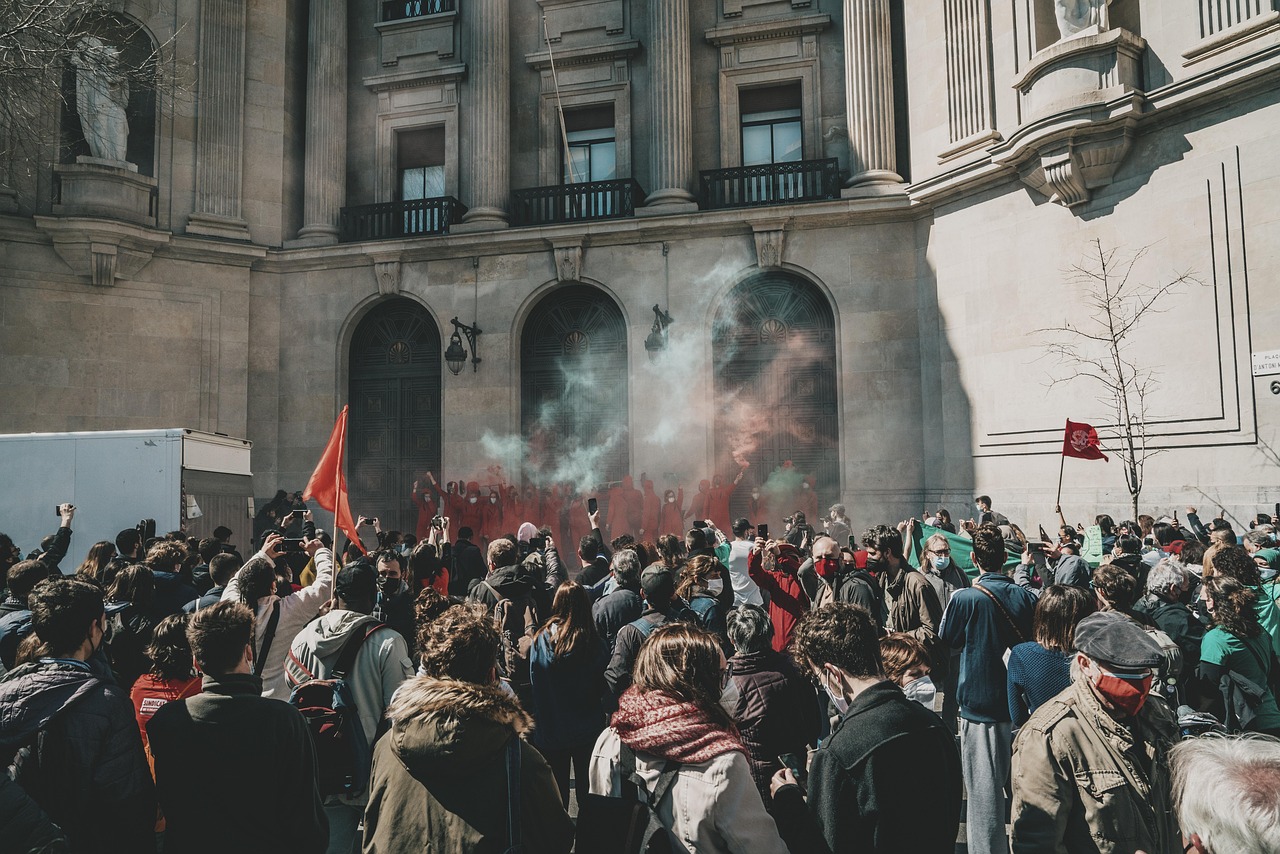NFT-Guided Museum Tours: Revolutionizing Cultural Engagement

In recent years, the digital art landscape has been transformed by the advent of Non-Fungible Tokens (NFTs). As a unique digital asset verified using blockchain technology, NFTs have primarily gained recognition through the sale of digital art. However, their application is rapidly expanding into various sectors, including the cultural and educational domains. One innovative use of NFTs is in museum tours, where they are revolutionizing the way audiences interact with art and historical artifacts.
The integration of NFTs into museum experiences offers a multitude of benefits. First and foremost, NFTs can enhance visitor engagement by providing interactive, personalized tours. Through NFT technology, museums can offer exclusive digital content related to their exhibits. This content could include detailed provenance information, high-resolution images, artist interviews, or even virtual reality experiences that bring an exhibit to life. As such, NFTs serve not only as a digital ticket to the museum but also as a gateway to a richer, more immersive cultural experience.
Globally, several museums have begun experimenting with NFT-guided tours. Notably, the State Hermitage Museum in Russia and Uffizi Gallery in Italy have launched NFT collections that digitize some of their most famous artworks. These initiatives are aimed at not only preserving digital versions of their collections but also making them accessible to a broader audience. This digital expansion allows museums to reach individuals who may not have the opportunity to visit in person, thus democratizing access to culture and education.
Furthermore, NFTs can play a crucial role in the preservation and documentation of cultural heritage. By creating immutable digital records of artworks and artifacts, NFTs ensure that cultural history is safeguarded against physical deterioration and loss. This function is particularly vital for works that are prone to degradation over time or are at risk of being lost due to geopolitical instability.
However, the adoption of NFTs in museum tours is not without challenges. One primary concern is the environmental impact of blockchain technology, which underpins NFTs. The energy consumption of blockchain operations has raised questions about the sustainability of NFTs. Museums considering this technology must weigh these environmental costs against the benefits, and explore solutions such as using environmentally-friendly blockchain platforms.
Moreover, museums must address issues related to the ownership and copyright of digital versions of their collections. It is crucial that clear guidelines and legal frameworks are established to govern the sale and distribution of NFT-based content, ensuring that artists and original creators are adequately compensated and recognized.
As museums continue to explore the potential of NFTs, collaboration across the tech and cultural sectors will be essential. Partnerships with technology companies can provide museums with the tools and expertise needed to implement NFT solutions effectively. Additionally, cultural institutions must engage in dialogue with stakeholders, including artists, historians, and the public, to ensure that the use of NFTs aligns with ethical and educational goals.
In conclusion, NFT-guided museum tours represent a promising frontier in the interaction between technology and culture. By enhancing engagement, expanding access, and preserving heritage, NFTs have the potential to reshape the future of museums worldwide. As this technology continues to evolve, its integration into cultural experiences will undoubtedly require careful consideration and collaboration to maximize its benefits and address its challenges.















